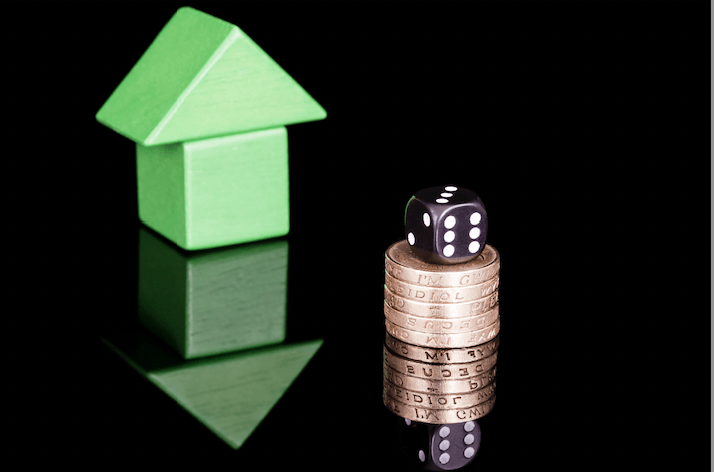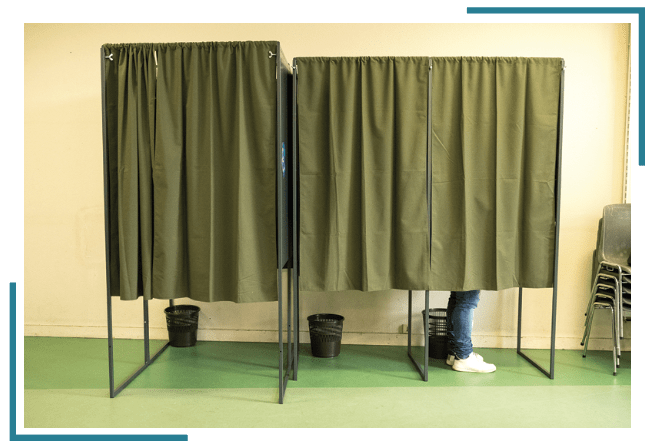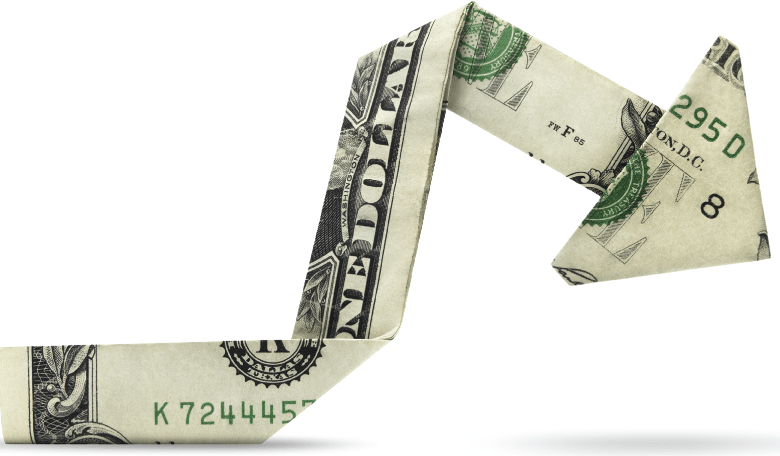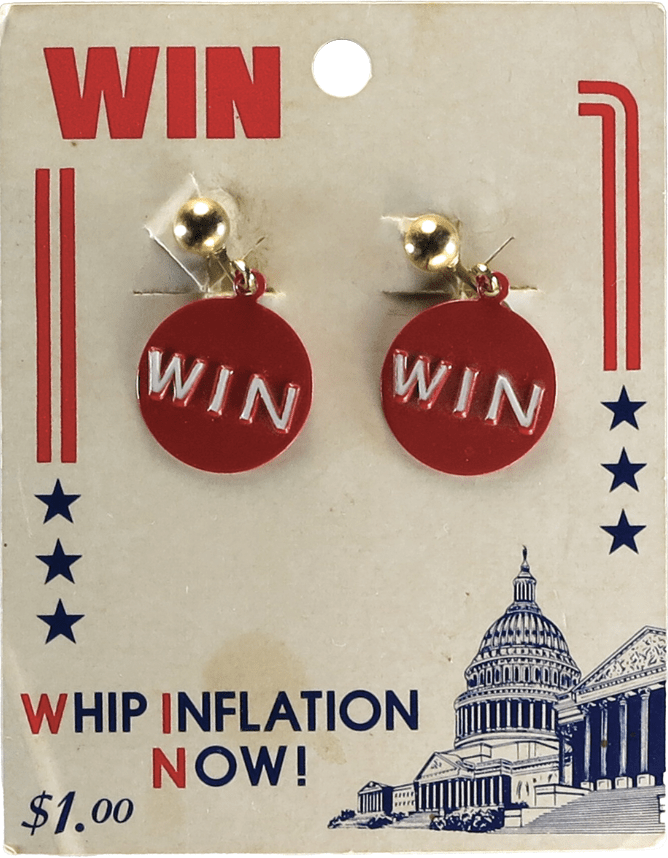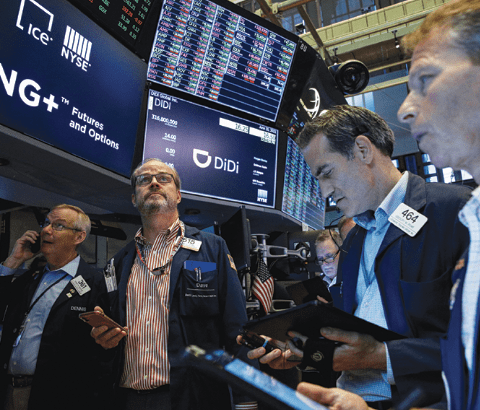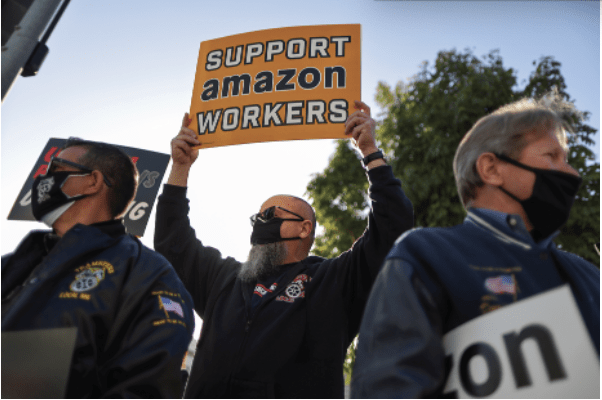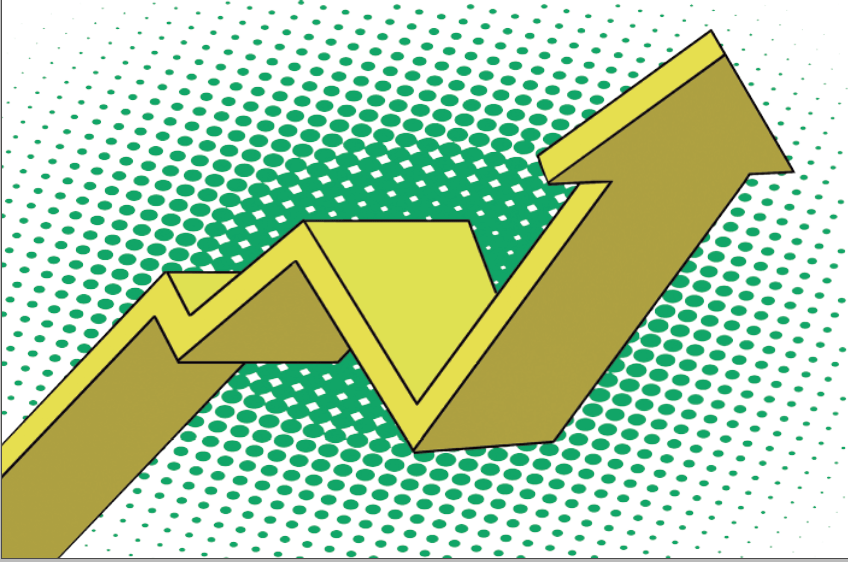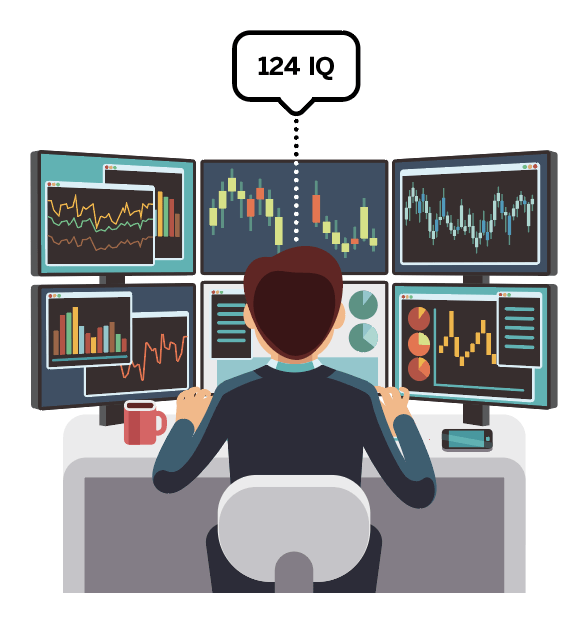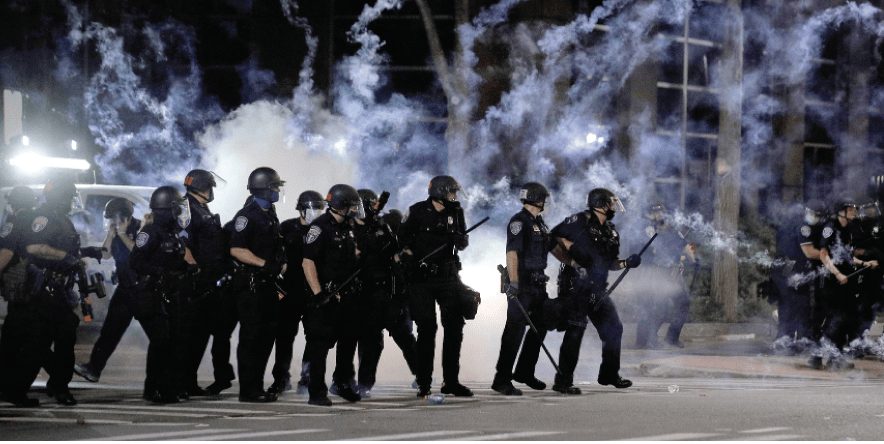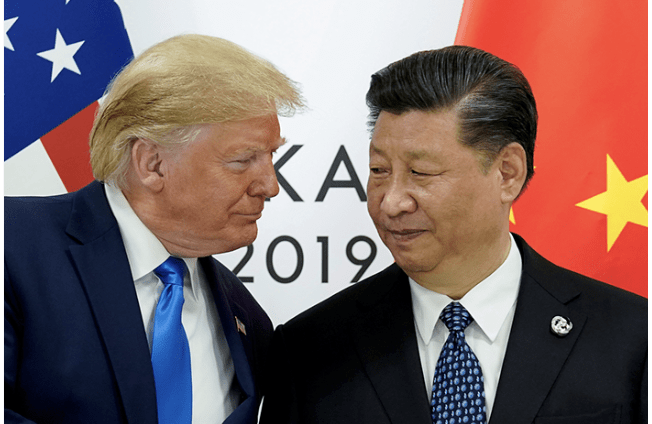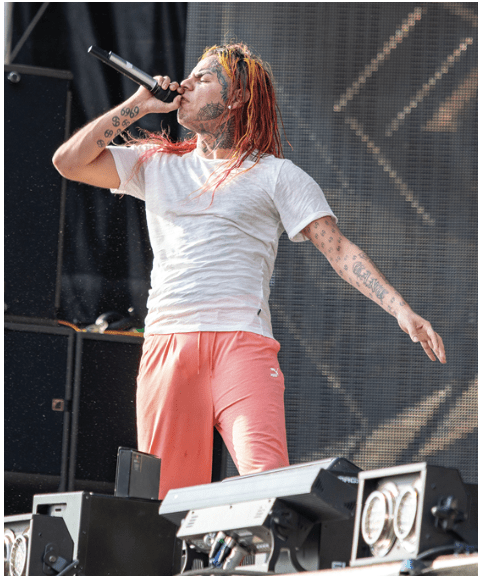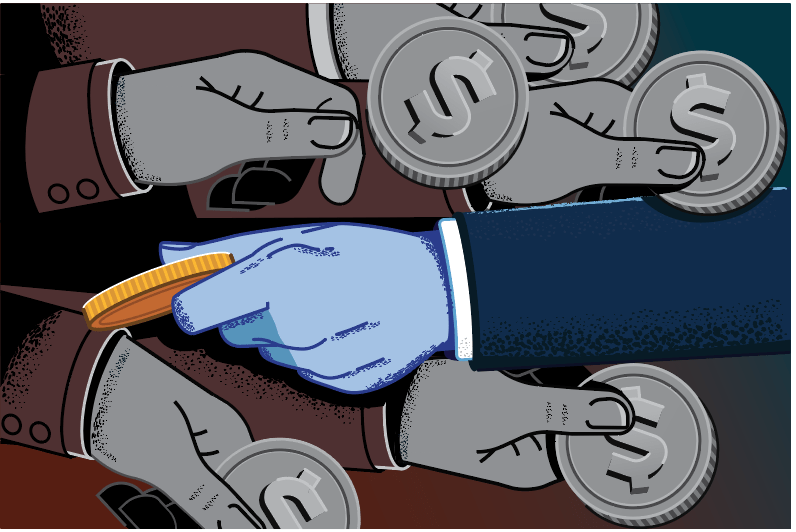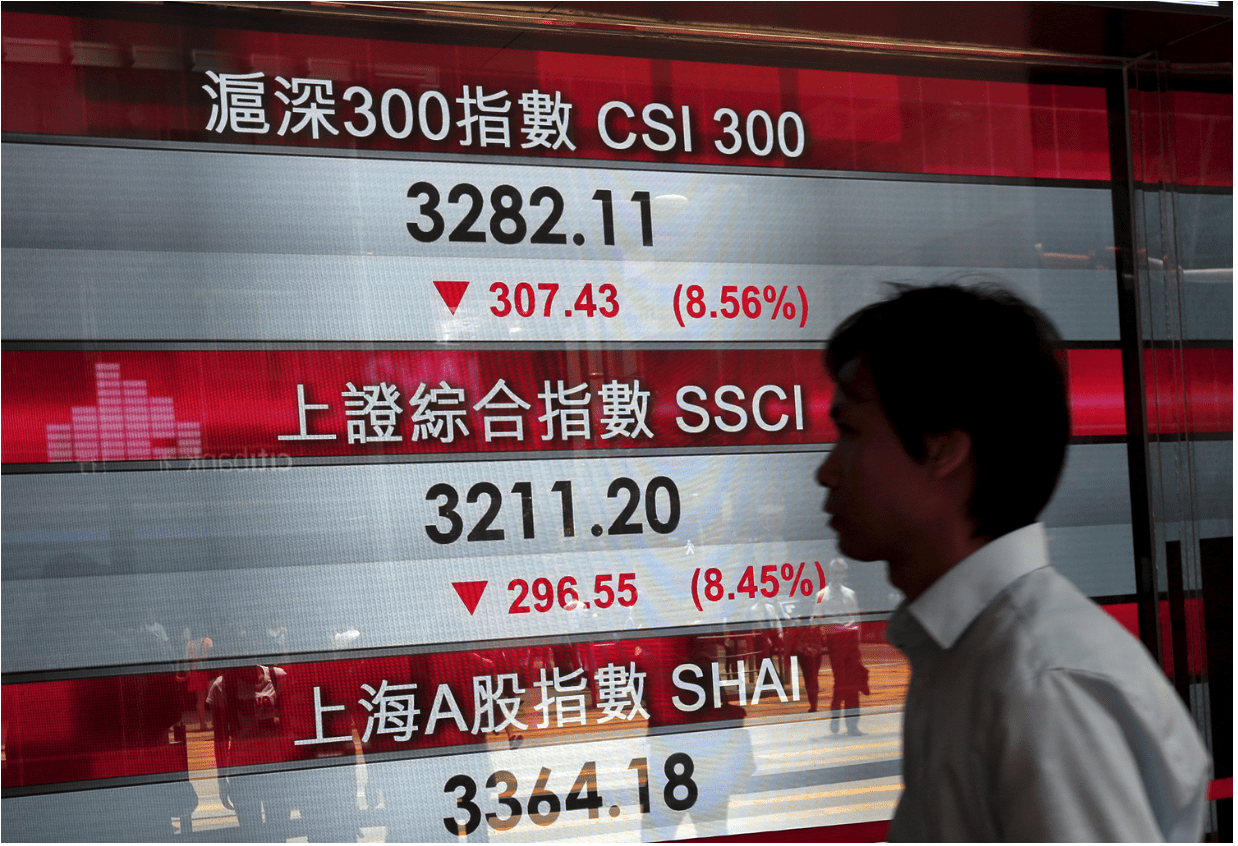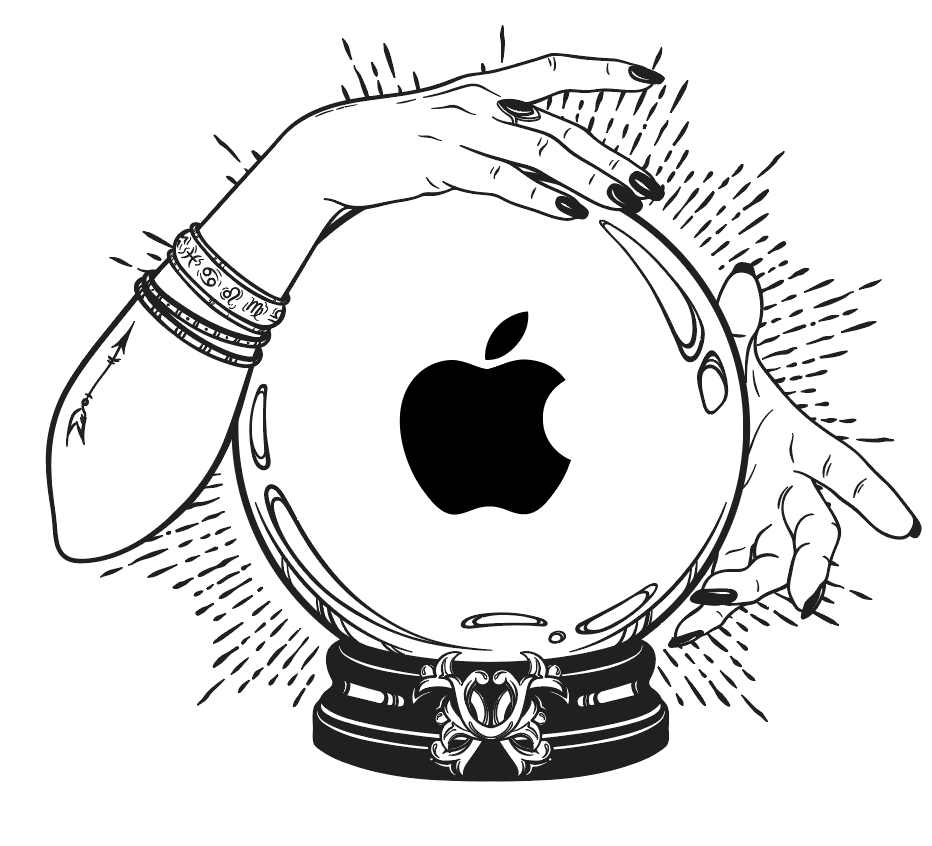Sports Wagering on the Money Line
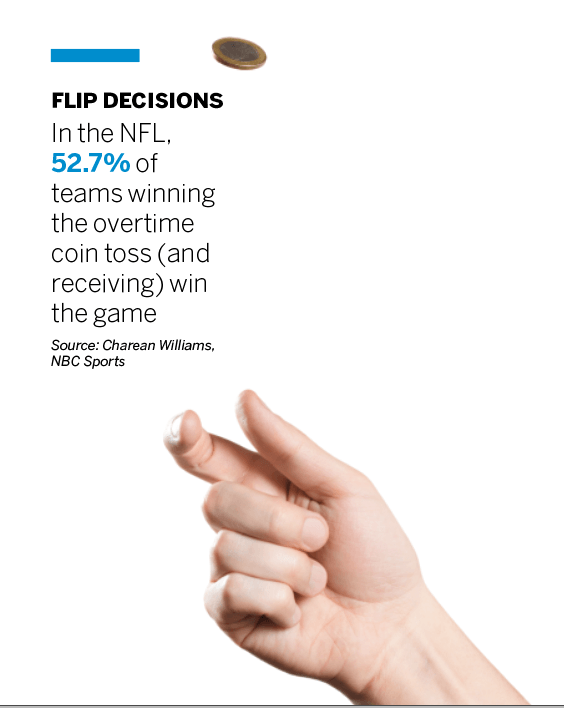
Exploring the probability of just about anything
Exchange-traded option markets enable investors to play the role of a casino, taking the high-probability-of-winning side of a bet instead of playing a consistently losing game. But that doesn’t mean investors can’t learn something from Las Vegas. The money line bet may be the clearest, most-direct analogy to option trading.
While point spread bets provide an opportunity to speculate on a winner’s margin of victory, money line bets enable speculation on pure winner or loser. How do they work? A positive money line is the number that a gambler could win by betting $100. A negative money line is the number that a gambler has to bet (risk) to win $100. A positive money line is for the underdog, and the negative money line is the favorite. Let’s take an example.
During the last NBA playoffs when the Golden State Warriors were playing the Portland Trailblazers, one game had money lines of Golden State -330, Portland +270. Golden State was the favorite. If a gambler thought Golden State would win, he would have to bet $330 and if Golden State won, he’d win $100. If he thought Portland would win, he’d have to bet $100 and if Portland won, he’d win $270.
(If a gambler wins a money line bet, he gets the original bet back plus the amount he wins.)

In any bet, if the gambler can win more money than he wagers or risks, he has a less than 50% probability of winning. The reverse is also true. If he can win less money than he wagers, he has a greater than 50% probability of winning. Conveniently, money lines tell you the probability of a team winning. Here’s how.
The Portland money line of +270 means a gambler would bet $100 to win $270. The probability that team will win the game is $100 / ($100 + $270) = 27%.
The Golden State money line of -330 means a gambler would bet $330 to win $100. The probability that team will win the game is $330 / ($330 + $100) = 76.7 %.
The number of losing events is divided by the number of losing events plus winning events. OK, trick question. If losing events and winning events make up 100% of all the events, and in a game only one team will win, how come the probabilities derived from money lines add up to more than 100%?
That’s the edge that the casino builds in to make sure it makes money no matter what. The casino charges slightly more for a bet on the favorite team, and pays slightly less if a gambler wins a bet on the underdog. In the Portland and Golden State example, the probabilities add up to 103.7%. A more fair money line bet might be Portland +300 and Golden State -300. Figure out those probabilities, and they sum to 100%. That extra 3.7% over 100% is an indication of how much edge the casino has in that bet.
So, what can investors learn from this? The way to derive probabilities from money line bets works for option strategies like verticals, butterflies and iron condors that have defined max risk/max profit. Take the amount risked on the trade and divide that by the amount of risk plus the amount the investor can make. That tells the probability that the trade will make at least $.01.
For example, if the stock is $100 and an investor sells a 96/98 put spread for .70 credit, the max profit is $70 and the max risk is $130 (difference between the strikes of $200 minus the $70 credit). The probability of making money on that trade is $130 / ($130 + $70) = 65%. Again, the probability of making money is greater than 50% because the investor is risking more ($130) than he can make ($70).
On that same $100 stock, buying the 103/105 call spread for .40 debit, has the max profit of $160 (difference between the strikes of $200 minus the $40 debit) and the max risk is $40. The probability of making money on that trade is $40 / ($40 + $160) = 20%. Not so great.
This, then, provides a simple lesson on picking high-probability trading strategies. Investors should accept that they can lose more money than they can make if they want a higher probability of profit. That might sound unsatisfying, but if investors trade high-probability strategies consistently over time, they should end up with more winners than losers and a net profit, just like a casino. The alternative is to make a series of low-probability “lottery ticket” trades that lose time and time again. Assuming one doesn’t run out of money first, a big winning trade can offset some of the losses, but not all. That’s what the gambler does. Don’t be a gambler. Be the casino.
Famous Flips & Outlier outcomes
The day the music died
Richie Valens, the Mexican-American singer
That’s how old Valens was when he boarded a bus with a galaxy of stars that included Buddy Holly, Dion and the Belmonts, and J.P. “The Big Bopper” Richardson. They were set to play
24 concerts in the Midwest.
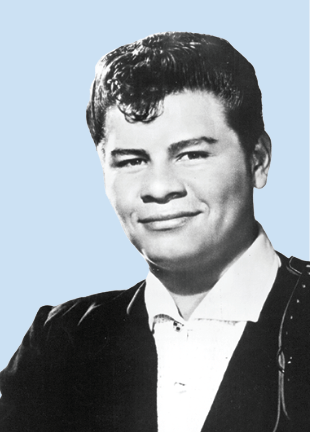
On Feb. 3, 1959, they were scheduled to perform in Moorhead, Minn. But they were having problems with their tour bus in Clear Lake, Iowa, so Holly chartered a plane that could hold a pilot and three passengers.
Holly took one of the passenger seats. The Big Bopper boarded the aircraft in the second passenger spot, which had originally been reserved for Waylon Jennings who was playing bass for Holly. Holly’s guitarist, Tommy Allsup, and Valens flipped a coin for the third seat. Valens called heads and won. Pilot Roger Peterson was at the controls.
The plane took off late at night in wintry conditions and flew only five miles before crashing in a cornfield. Everyone aboard perished. The tragedy was memorialized in Don McLean’s 1971 song American Pie.
Should have kept the colt
Fans view the Phipps family as royalty in the horse-racing world. But after owning the beloved Seabiscuit in the 1930s, the Phipps clan passed up an opportunity to own Secretariat, the horse who won the Triple Crown in 1973. How? The Phipps family won a coin toss but chose the wrong
Dinny Phipps had made a deal with Chris and Penny Chenery to mate Bold Ruler, a Phipps family stallion, with two Chenery mares, Hasty Matelda and SomethingRoyal, according to newspaper reports. Phipps and his father had already decided they would bypass a colt because they wanted “the best female horses in the country.”
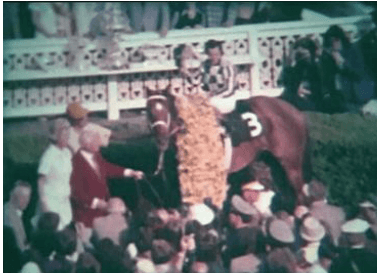
The two families flipped a coin to see who would get the firstborn. The Phipps contingent won and chose a filly, a female horse, from Bold Ruler and Hasty Matelda, and named her The Bride. The colt, a male horse from Bold Ruler and SomethingRoyal, went to the Chenerey family and was named Secretariat.
Secretariat became the 9th Triple Crown winner, setting records for each of the three races in the series. In his most outstanding performance, Secretariat shattered the 1 ½-mile world record on dirt in the Belmont Stakes at 2:24—a time that still stands as the best ever. He won the race by 31 lengths, another unbroken record.
In fact, Secretariat’s performance at the Belmont Stakes was rated second on ESPN’s list of the top 100 greatest individual sports performances ever, ranking only behind Wilt Chamberlain’s 100-point game. The Phipps family could have owned what was arguably the greatest racehorse in history.
Dunk
In the West, the New Orleans Jazz had finished last but had traded the privilege of the coin toss to the Los Angeles Lakers.
The Bulls called heads and it came up tails.
The Lakers chose Earvin “Magic” Johnson Jr. after his sophomore year of college. Magic Johnson won five championships and was selected as an All-Star 11 times with the Lakers. He played point guard/forward for 13 seasons with the Lakers wearing the No. 32 jersey.
The Bulls got Dave Greenwood, who played 12 seasons in the NBA and was considered a marquee player for the Bulls before the Michael Jordan era. Greenwood later played for San Antonio, Denver and Detroit.
